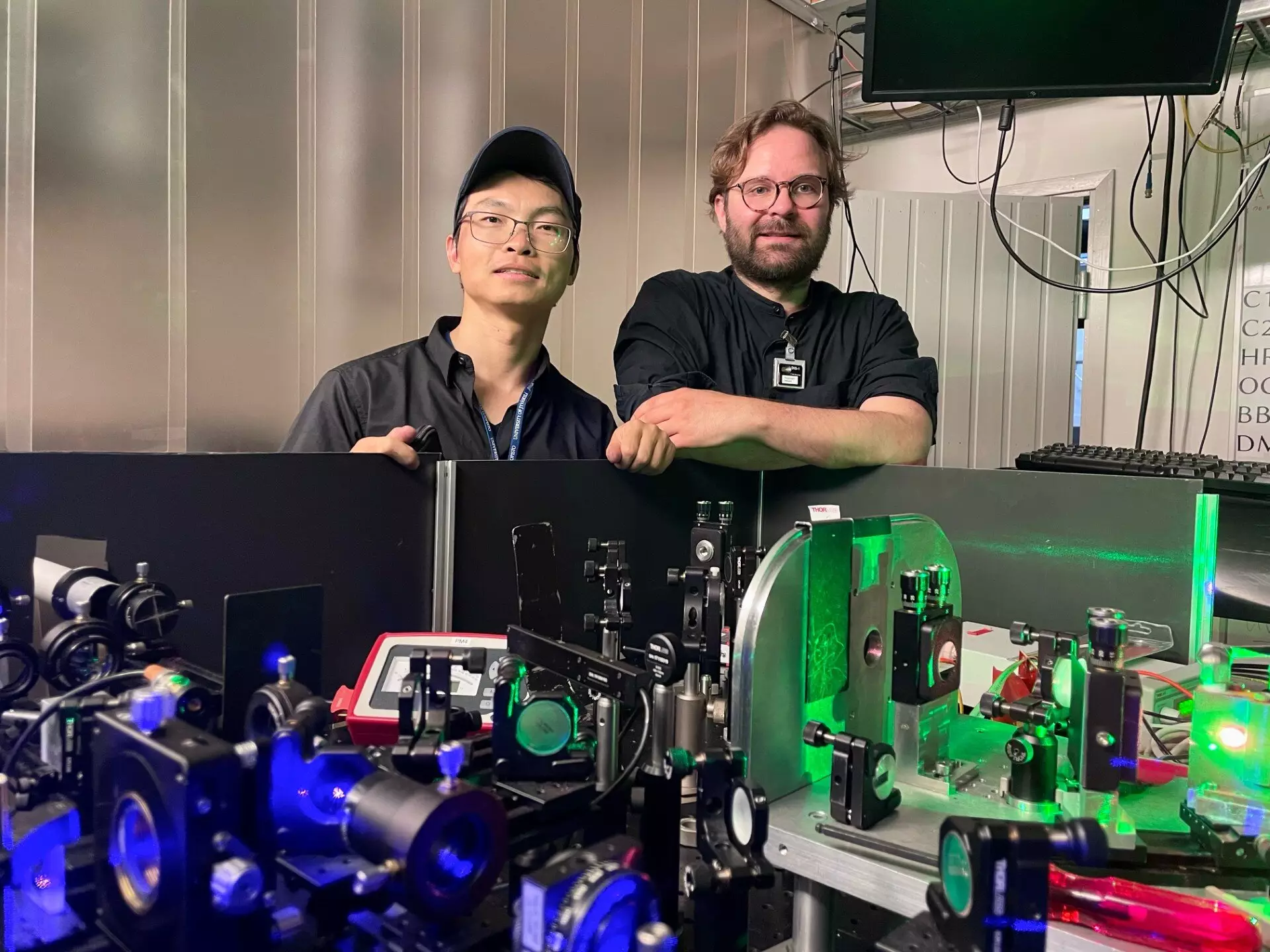The study of nuclear physics continually unveils the intricate tapestry of interactions governing atomic nuclei, particularly focusing on phenomena that manifest at extraordinary densities and energy levels. Within this scientific landscape, the recent findings from the University of Jyväskylä in Finland bring attention to the significance of the magic neutron number 50, specifically within the silver isotopic chain. This research not only enhances the theoretical framework surrounding nuclear forces but also establishes essential benchmarks crucial for understanding the underlying properties of atomic structures.
The discovery is anchored in a detailed examination of nuclei in proximity to tin-100, a doubly magic nucleus known for its unique stability. The concept of magic numbers is pivotal in nuclear physics, indicating configurations of protons or neutrons that lead to extra stability within atomic nuclei. The focus on N=50 reveals how the neutron shell closure affects the binding energies of exotic nuclei, influencing the overall stability and defining the nuclear landscape as we scrutinize the interactions between protons and neutrons.
Astrophysical phenomena, such as rapid proton capture, hinge on precise nuclear data, making the detailed properties of these isotopes vital for accurate theoretical predictions. For instance, variations in binding energies inform scientists about the stability of shell closures, which are fundamental for projecting nuclear behaviors in different environments, including those found in stars.
The innovative methodologies employed by the researchers play a critical role in the study’s outcomes. By incorporating a hot-cavity catcher laser ion source in tandem with a Penning trap mass spectrometer, the study achieved unprecedented high precision in measuring mass values of the silver isotopes. This technology allowed researchers to explore the mass spectra of silver isotopes even with significantly low yields—an endeavor marked by the investigation of the silver-96 isomer and its excitation energies.
Zhuang Ge, an Academy Research Fellow involved in the project, noted that the measurements recorded variance of about 1 keV/c², allowing scientists to thoroughly quantify the N=50 shell closure throughout the silver isotopic chain. The validation of mass values serves as an integral checkpoint for various theoretical models including ab initio and density functional theory approaches, marking a step forward in correcting previously held assumptions about nuclear properties.
The implications of the findings extend beyond fundamental physics, reaching into astrophysical applications. One of the most significant results involves the newfound ability to differentiate between the ground state and isomeric state of silver-96, which is crucial for accurate modeling in astrophysics. These distinctions illuminate the potential roles of these isotopes as nuclear isomers in astrophysical environments, enhancing the precision of models that predict nucleosynthesis processes in stars.
Moreover, the findings promise to impact future studies focused on ground-state properties along the N=Z line, particularly beneath the tin-100 threshold. As researchers continue to refine techniques and explore modeling approaches, the enhanced understanding of binding energies and nuclear forces will provide clearer insights into the formation, stability, and decay of various isotopes.
Despite the promising developments, challenges remain. There is an ongoing struggle for theoretical models to accurately reflect nuclear ground-state properties, particularly the transitions across the N=50 shell towards the proton drip line. This research illuminates critical aspects of nuclear interactions and helps establish a robust framework for future experimental and theoretical work in the field.
Not only does this study bolster experimental techniques within nuclear physics but it also exemplifies the collaborative efforts necessary for driving advancements. The research underscores the importance of high-resolution measurements and the synergy between cutting-edge technology and theoretical modeling, which is essential in addressing questions that have long perplexed scientists.
The groundbreaking findings from the University of Jyväskylä serve as a pivotal contribution towards our understanding of nuclear forces and the structure of atomic nuclei, particularly within the enigmatic silver isotopic chain. As scientists press forward, armed with improved methodologies and insights into nuclear magic numbers, the ongoing exploration of nuclear physics holds promise for unlocking new dimensions of knowledge that bridge the gap between fundamental research and its applications in astrophysics, providing a richer narrative of the universe’s complex behaviors.


Leave a Reply